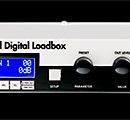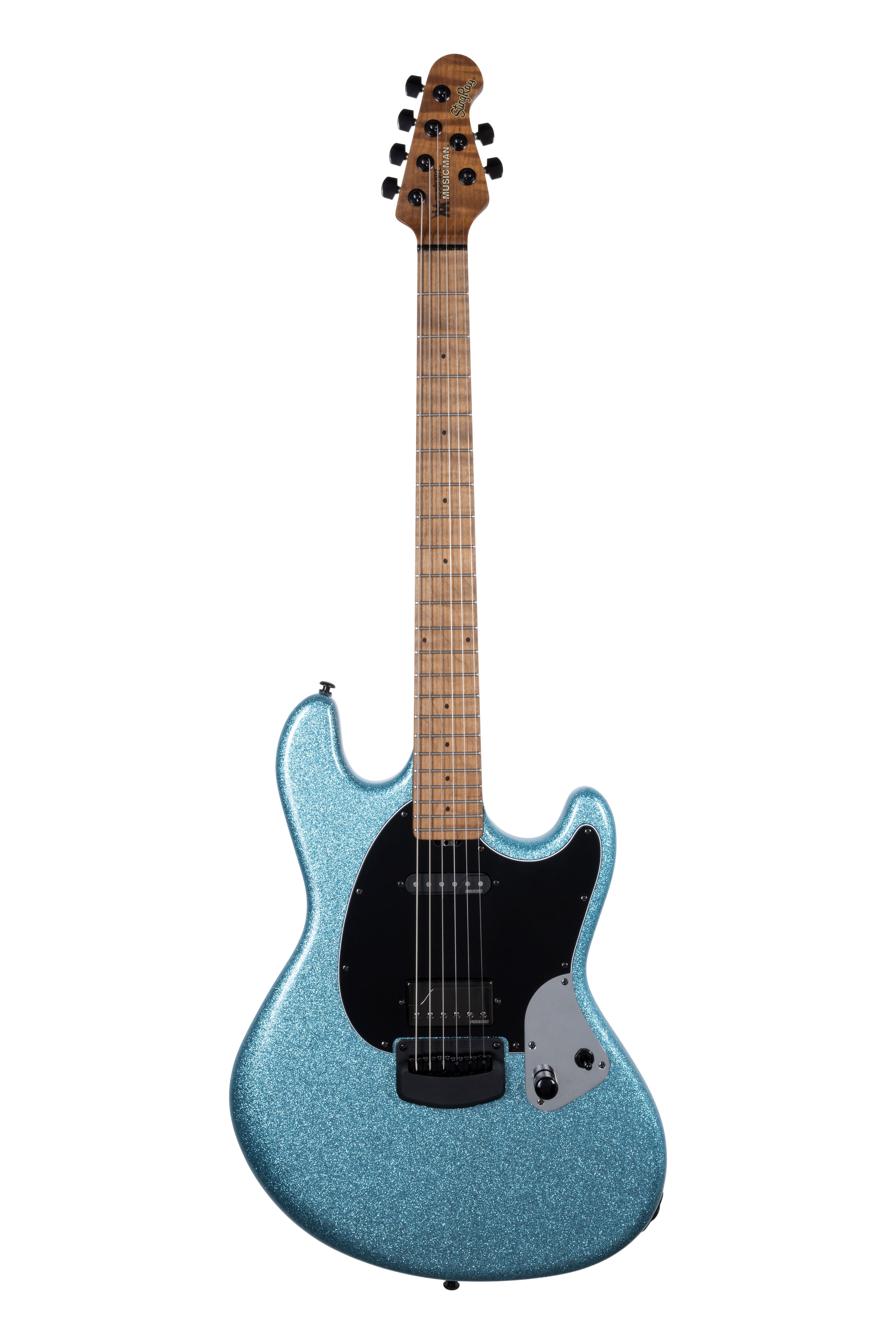Throughout the 1960s, Dr. Robert Moog collaborated with over 100 composers of electroacoustic music to create the synthesizer concept, born of thousands of design decisions and countless conversations. At the time, the available method of producing electronic music was the “classical studio,” a makeshift production environment cobbled together from individual electronic sound-generators such as surplus telecommunications devices, radio equipment, and early tape machines. Moog and the musicians he worked with streamlined this classical studio technique into a system of standardized sound modules. 
In 1965, Bob Moog began taking orders for individual modules and customized modular systems. By 1967, he and a team of ten skilled technicians were hand-building production models in an unassuming brick storefront in Trumansburg, NY. The cutting-edge musical instruments that they called “synthesizers” signaled electronic music’s maturation from an awkward and shy intruder in the realm of music to a dynamic and significant medium of musical expression.
The first models were aptly named Synthesizer I, II, and III. With the introduction of the Moog Synthesizer IIIc -- the “c” referring to the walnut “console” cabinet -- musicians could purchase a complete instrument pre-configured for logical access to a range of facilities usually associated with the largest classical studios.
Each synthesizer took weeks of patient, steady crafting to complete, but the payoff would be rich -- a tool that would change the landscape of music.
The world got turned on to the idea of the synthesizer -- and electronic music -- through the visionary works of experimental musicians like Wendy Carlos and Isao Tomita. Sonic masterpieces like Switched On Bach and Snowflakes Are Dancing were made possible by the early modular Moog Synthesizers. These original modular systems designed by Bob Moog are inimitable in sonic character and remain highly coveted for their limitless reconfigurability and vibrantly organic musicality.
Fifty years later, we are proud to announce the return of the Moog Synthesizer IIIc to production for a very limited time.
“Through archival designs, so-called obsolete electronics, and outmoded production processes, we are rediscovering the magic of our past. It’s a privilege to build instruments in this way; it lets us reimagine what future tools can be. There is so much potential in this history.” - Anna Montoya, Moog Production Engineer
Every Synthesizer IIIc will be built using all-original documentation, art, and circuit board files. Each instrument features thirty-six hand-stuffed, hand-soldered modules, including ten 901-Series audio oscillators, the 984 Matrix Mixer, and the 905 Spring Reverb. All modules are securely mounted into two hand-finished, solid walnut console cabinets at the Moog factory in Asheville, NC.
Moog Synthesizer IIIc production is highly limited. Only 25 units will be produced and sold worldwide.


















